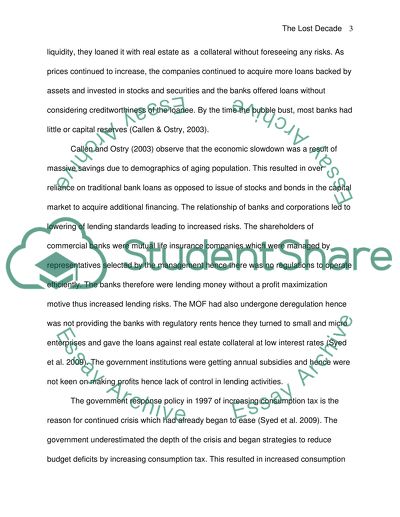Cite this document
(“The Lost Decade Essay Example | Topics and Well Written Essays - 2000 words”, n.d.)
The Lost Decade Essay Example | Topics and Well Written Essays - 2000 words. Retrieved from https://studentshare.org/macro-microeconomics/1432322-the-lost-decade
The Lost Decade Essay Example | Topics and Well Written Essays - 2000 words. Retrieved from https://studentshare.org/macro-microeconomics/1432322-the-lost-decade
(The Lost Decade Essay Example | Topics and Well Written Essays - 2000 Words)
The Lost Decade Essay Example | Topics and Well Written Essays - 2000 Words. https://studentshare.org/macro-microeconomics/1432322-the-lost-decade.
The Lost Decade Essay Example | Topics and Well Written Essays - 2000 Words. https://studentshare.org/macro-microeconomics/1432322-the-lost-decade.
“The Lost Decade Essay Example | Topics and Well Written Essays - 2000 Words”, n.d. https://studentshare.org/macro-microeconomics/1432322-the-lost-decade.


